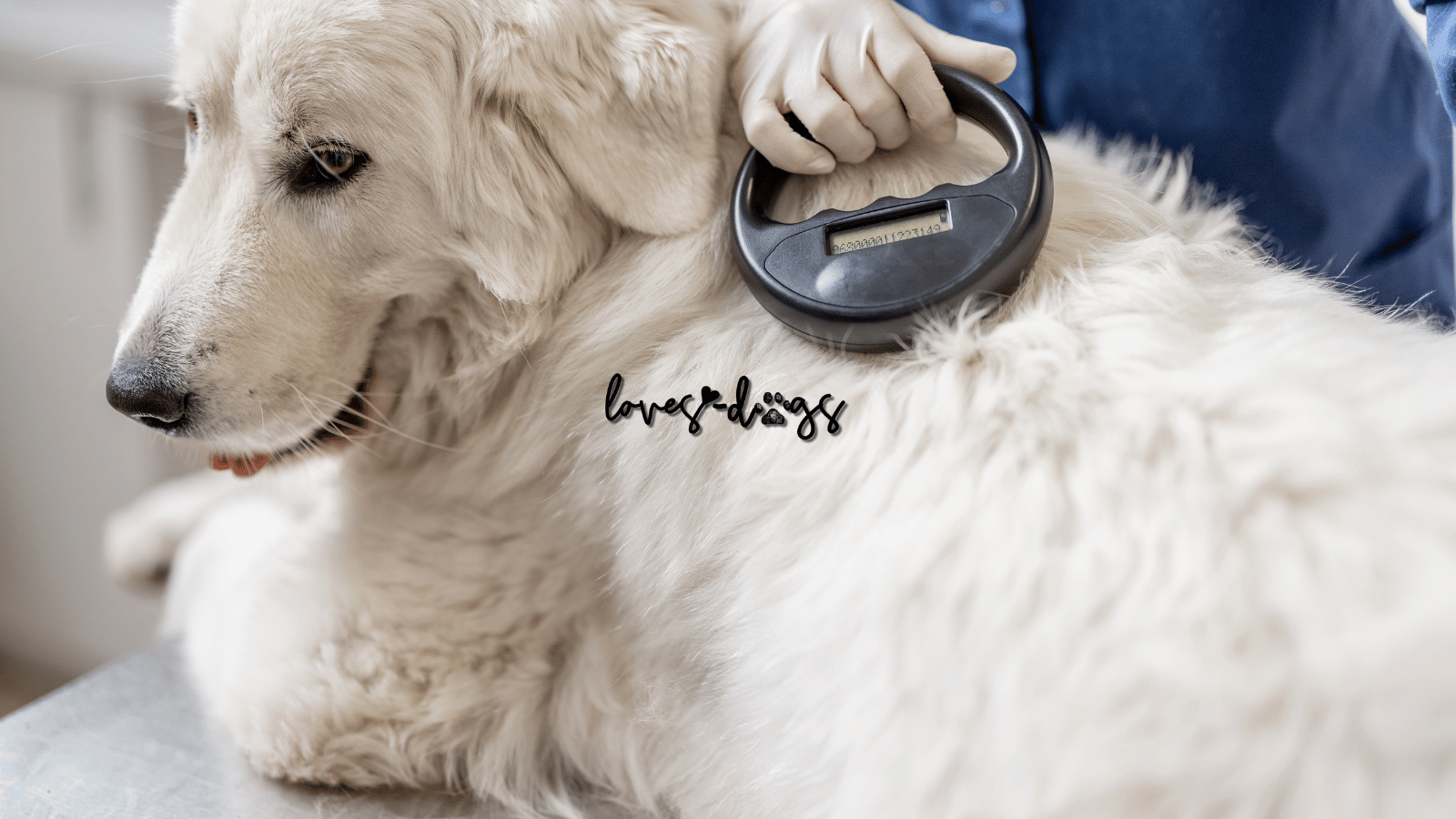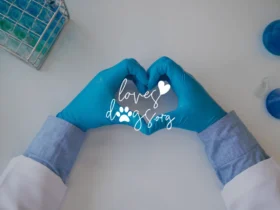
Microchipping your dog is a responsible step towards ensuring their safety and well-being. However, it’s not enough to simply implant the microchip; regularly updating the contact information associated with the chip is equally vital. In this blog post, we will delve into the reasons why keeping your dog’s microchip contact information up-to-date is crucial and explore the steps to optimize your furry friend’s chances of being reunited with you in case they get lost.
Importance of Microchipping: Microchipping is a widely recognized and recommended practice for pet owners. A microchip, a small electronic device about the size of a grain of rice, is implanted under your dog’s skin. This chip contains a unique identification number that links your dog to your contact information. Should your dog get lost, microchipping greatly increases the chances of a reunion. However, the effectiveness of this system hinges on the accuracy of the contact information associated with the chip.
The Role of Updated Contact Information:
- Swift Reunions: In the unfortunate event that your dog goes missing, an updated microchip contact can facilitate a quick reunion. Animal shelters, veterinary clinics, and rescue organizations can scan the microchip and retrieve the contact details linked to it. Outdated or incorrect information can lead to delays or even prevent your dog from finding their way back home promptly.
- Avoiding Heartache: The emotional toll of a lost pet is immeasurable. Ensuring that your dog’s microchip information is current can save you from unnecessary anxiety and heartache. By having a recent phone number and address on record, you enhance the odds of being contacted by those who find your dog.
- Counteracting Life Changes: Life is full of changes such as moving, changing phone numbers, and even changing owners. An updated microchip ensures that regardless of any personal changes, your dog can still be traced back to you. It’s important to remember that a microchip is a lifelong commitment, just like your commitment to your furry companion.
Optimizing Microchip Information:
- Regular Checks: Make it a habit to check and update your dog’s microchip information whenever there’s a change in your contact details. A good time to do this is during your annual veterinary visits or whenever you move to a new location.
- Contact the Microchip Provider: Contact the company that provides the microchip service to update your dog’s information. This might involve filling out a form online or contacting them via phone. Ensure all details are accurate, including your phone number, address, and any emergency contacts.
- Backup Contacts: Consider providing an alternate contact person, such as a close friend or family member. This can be particularly helpful if you’re unavailable in an emergency.
- Collar ID Tags: While microchips are essential, don’t underestimate the power of a visible ID tag on your dog’s collar. This provides an immediate way for someone who finds your dog to contact you.
Microchipping your dog is a proactive measure that significantly increases the likelihood of reuniting with your beloved pet in case they go missing. However, the effectiveness of a microchip depends on the accuracy of the contact information linked to it. Regularly updating this information is not just a responsibility; it’s a commitment to your dog’s safety and well-being. By taking the time to ensure that your dog’s microchip information is up-to-date, you are giving them the best possible chance of finding their way back to the loving home they deserve.







Find Loves Dogs on Social